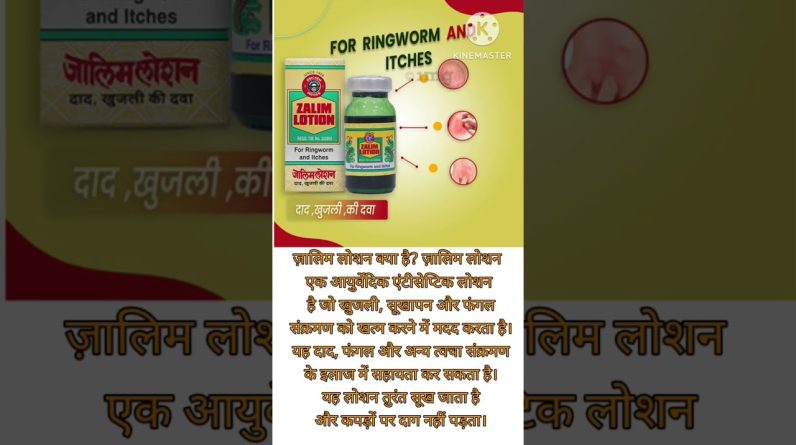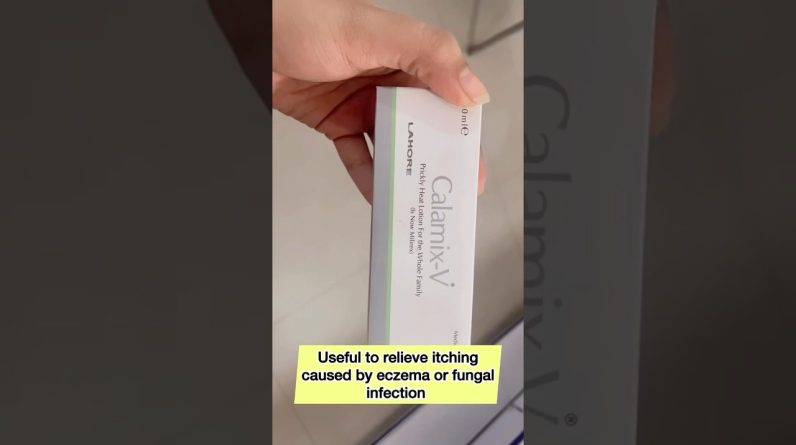Today, we’re diving into a topic that can be both embarrassing and incredibly uncomfortable: How to stop itching skin.
Things you need…
Mild Soap –
Fragrance-Free Moisturizer –
Cold Compress –
Hydrocortisone Cream –
Antihistamines (like Benadryl) –
Oatmeal –
A Clean Towel –
This channel contains affiliate links which means we might get a commission if you make a purchase, without any additional cost to you.
Now that you have all your tools and materials ready, let’s get into it…
Important Clarification
Before we get into the steps, let’s clarify that not all of these are meant to be done in one session or in the sequence listed. For instance, gentle cleansing and moisturizing can usually go hand-in-hand and be done daily.
Cold compresses can also be applied as needed after these steps for immediate relief.
On the other hand, treatments like hydrocortisone cream or antihistamines are more specialized and should only be used after consulting a healthcare provider, usually as standalone options.
An oatmeal bath is another option that typically wouldn’t be combined with hydrocortisone cream or antihistamines. Always consult a healthcare provider for personalized advice.
Now here are the steps…
Step 1: Identify the Cause
First and foremost, you have to identify what’s causing your itching. It can be anything from dry skin, allergies, to certain medical conditions. If your itching is persistent and severe, it’s essential to consult a healthcare provider for an accurate diagnosis. The American Academy of Dermatology recommends this, so it’s not something to ignore.
Step 2: Gentle Cleansing
Let’s start with the basics. Use a mild soap to gently cleanse the affected area. Mild soaps without any fragrances or additives are best, as they are less likely to irritate the skin further. The Mayo Clinic has emphasized the importance of choosing mild soaps for skin conditions like this.
Step 3: Apply Moisturizer
Immediately after washing, apply a fragrance-free moisturizer to lock in moisture and create a protective barrier. A study published in the Journal of the American Academy of Dermatology shows that moisturizers containing ceramides are particularly effective in hydrating the skin and could help alleviate itchiness.
Step 4: Cold Compress
Applying a cold compress can also help numb the itch. Just take a clean towel, wrap it around some ice or a cold pack, and apply it to the affected area for about 20 minutes. The Cleveland Clinic suggests using cold compresses to reduce itching.
Step 5: Hydrocortisone Cream
If the itching persists, consider applying a thin layer of over-the-counter hydrocortisone cream. These creams are recommended by healthcare professionals for temporary relief from minor skin irritations. Of course, it’s always a good idea to read the instructions and consult your healthcare provider if you’re uncertain.
Step 6: Antihistamines
In cases where you suspect an allergic reaction, antihistamines like Benadryl can be taken to help relieve itching. Please consult your healthcare provider for the appropriate dosage and make sure it doesn’t conflict with any medications you may be taking.
Step 7: Oatmeal Bath
A soothing oatmeal bath can also be effective for generalized itchiness. The National Eczema Association praises the effectiveness of oatmeal in relieving itchiness. Just add a cup of colloidal oatmeal to a bathtub of warm water and soak for 15-20 minutes.
That’s all for today, folks! I hope you found these tips on how to stop itching skin helpful. If you did, don’t forget to subscribe, share, and leave a comment below about your experience or any additional tips you may have. Remember, you’re not alone, and this issue is solvable. Take care, and see you in the next video!
source








